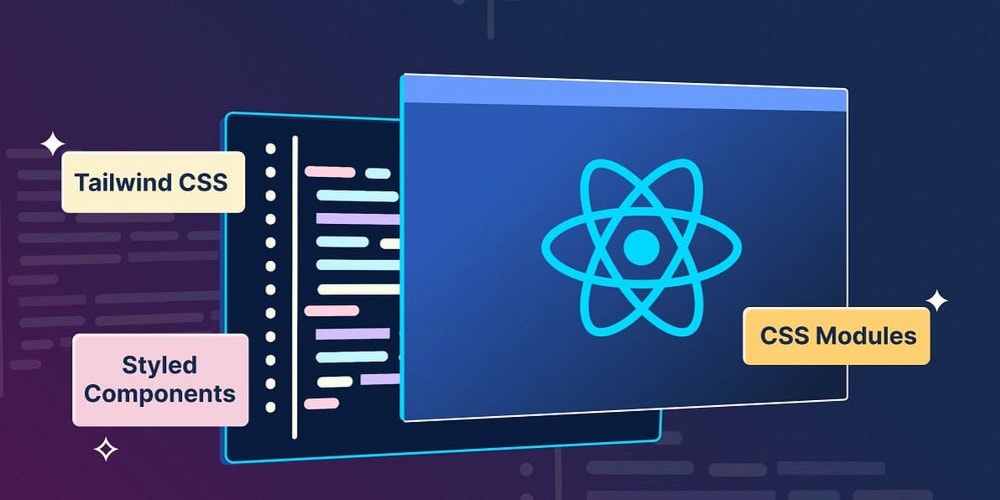
Regression testing involves running test cases on a modified software application to ensure that the existing functionalities are not adversely affected by recent code changes. This process helps in identifying and rectifying any defects that might have been introduced due to code alterations, thereby maintaining the quality of the software. Regression automation testing is particularly crucial in agile and continuous integration environments, where frequent updates are the norm.
Unit Regression Testing: Unit regression testing focuses on the individual components or units of a software application. It aims to verify that modifications to a specific module or function do not cause any unintended consequences on its functionality or integration with other units. Automated unit tests are often employed to swiftly identify regressions, enhancing the efficiency of the development process.
Partial Regression Testing: Partial regression testing involves selecting a subset of test cases that are relevant to the recent code changes. Thus, to combine extensive testing with time effectiveness, careful test case selection is crucial.
Full Regression Testing: As the name suggests, full regression testing entails running the entire suite of test cases on the application after code changes. While this approach provides comprehensive coverage and ensures that no regression slips through the cracks, it can be time-consuming and resource-intensive. Automated testing tools and frameworks play a crucial role in executing full regression tests efficiently.
Selective Regression Testing: Selective regression testing involves choosing test cases based on the impacted areas of the application. This type of testing is especially useful in situations where changes are isolated to a specific module or feature. By concentrating on the affected portions, developers can pinpoint regressions quickly and rectify them without unnecessary overhead.
Complete Regression Testing: Complete regression testing encompasses the entire spectrum of test cases, including the ones that cover the core functionalities as well as those that explore boundary conditions and exceptional scenarios. The software’s reliability is guaranteed to the greatest extent using this method, although it may be time- and resource-intensive.
Automated Regression Testing: Automated regression testing involves utilizing testing tools and scripts to automate the execution of test cases. This approach significantly accelerates the testing process, enabling faster feedback on code changes. Automation tools also facilitate the easy re-execution of test suites, ensuring that the software remains stable throughout its lifecycle.
Conclusion
As the pace of software development continues to accelerate, test automation plays a pivotal role in executing regression tests efficiently and effectively. By leveraging automated testing frameworks, developers can streamline the testing process, enabling them to focus more on innovation and less on manual validation. With the aid of these regression testing strategies, software development teams can navigate the complexities of updates and modifications while upholding the highest standards of quality.
As we’ve explored the various types of regression testing, it’s evident that finding a solution that simplifies the testing process without compromising efficiency is paramount. Enter Opkey – a game-changing platform that not only addresses the challenges of regression testing but also elevates the entire testing experience. By integrating Opkey into the testing workflow, teams can embrace the benefits of automated testing, swift test execution, and simplified test creation and maintenance.


















